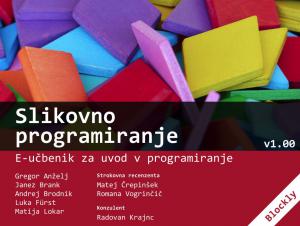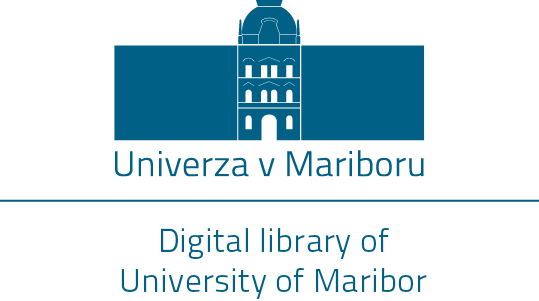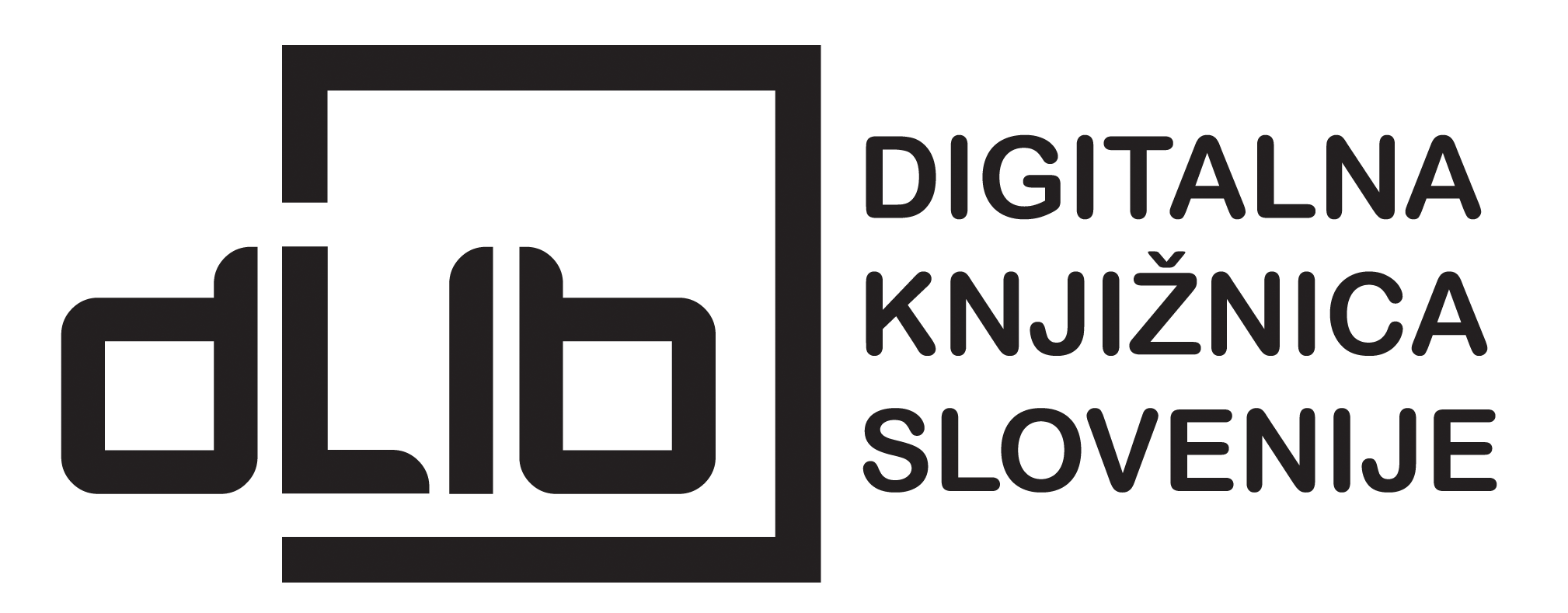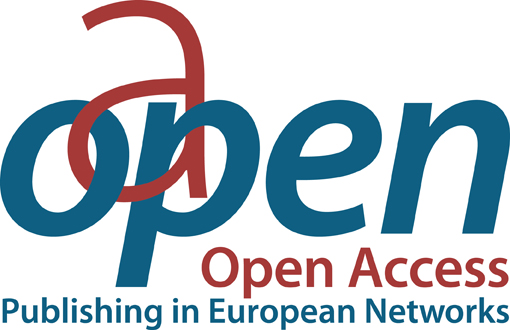Slikovno programiranje: e-učbenik za uvod v programiranje
Keywords:
Picture programing, University of Ljubljana, Unviersity of Maribor, FERI, FRI, TextbookSynopsis
Picture Programming: E-textbook for Introduction to Programming. Algorithm and program. Concepts that are inextricably linked, but in fact so different. They are related, like text, and its meaning. To write text, we need letters and writing rules, which are determined by the language in which we are writing. On the other hand, we can not learn the language without making sense in it. Similarly, we can not learn to program without using our program to encode a meaningful process or algorithm. Of course, the thought can be written in different languages or in different ways. The poet's arrow was turned into a simple concept like a porridge (or just a slap). Similarly, the procedures can be written in different programming languages. Again, as in the various natural languages we have verbs, nouns and adjectives, different programming languages have similar basic components. Otherwise, they are different in relation to the language family, but if we limit ourselves to the so-called command languages, for example, on one side are command-line constructors, conditional sentence and loops (conditional, countable), and the blocks in which we store information, variables, tables and sequences. With each of the building blocks we will get acquainted in this chapter on programming. In addition to the command and data elements, the programming languages provide support for the three basic programming approaches: division (modularization), generalization (abstraction) and masking (encapsulation). The first one in the list recommends splitting a big problem into minor problems that are solved completely independently by each in its own set. Others provide the opportunity to write a generalized procedure regardless of the specific data, and the third one makes it easy to use the process without knowing how the process is performed. Support for reception is varied, but we will get to know in this textbook only the widget called the function. All of these architectures are basically independent of the programming language. In this textbook we will look at them through the visual graphic (visual) programming and the Blockly language. The language is very suitable for beginners, since it hides them syntactic rules, which means that they get to work sooner. In this way, it will also be easier to start with textual (text) programming later.
Downloads






